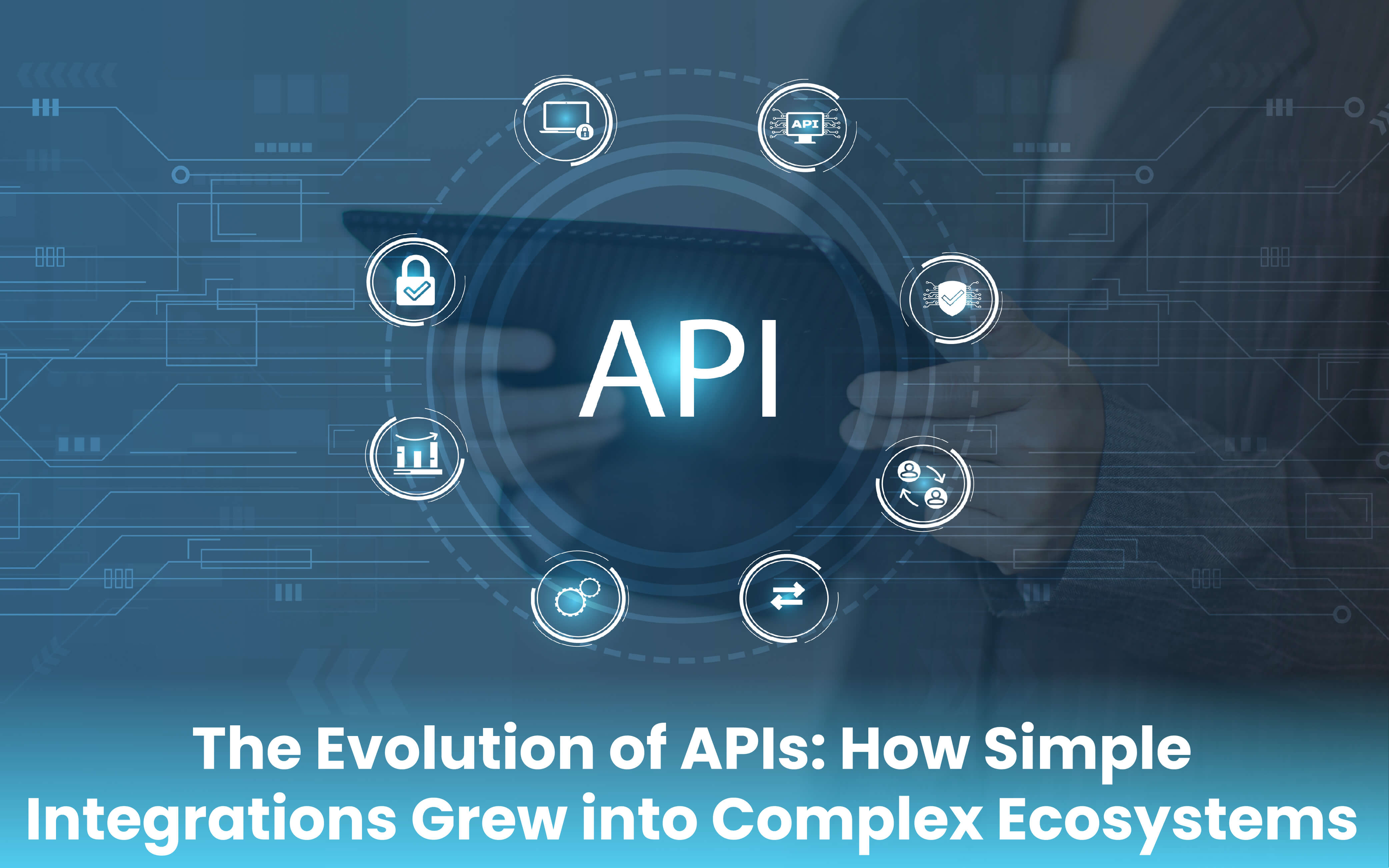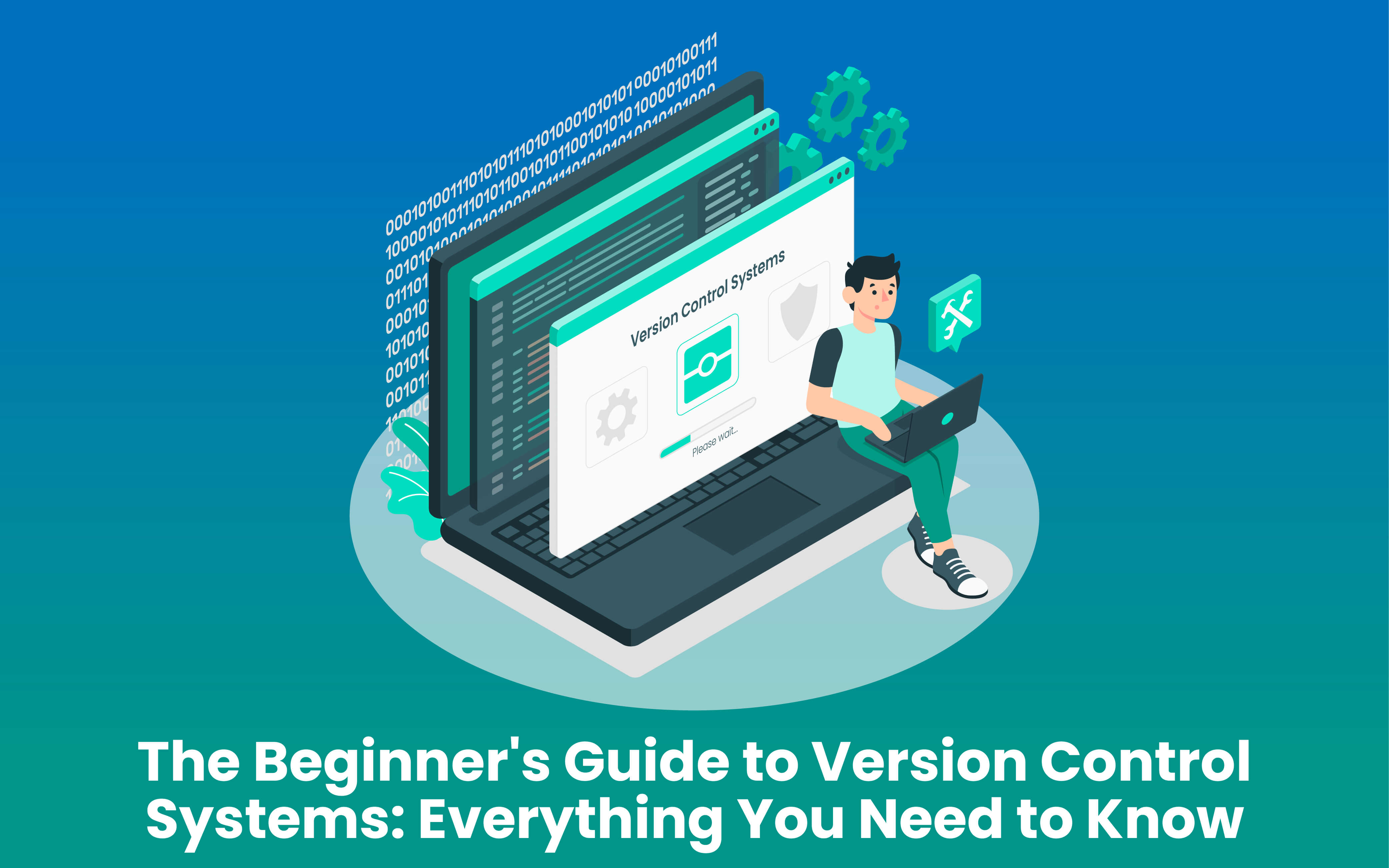Blogs
To know about all things Digitisation and Innovation read our blogs here.
API
The Evolution of APIs: How Simple Integrations Grew into Complex Ecosystems
SID Global Solutions
2 May 2023

Introduction
The application programming interface (API) is an essential part of modern software development. APIs provide a way for applications to communicate with each other and share data. They have evolved significantly over the years, from simple integrations to complex ecosystems. This guide will explore the evolution of APIs, starting with their origins and ending with the current state of API ecosystems.
Origins of APIs
The concept of APIs can be traced back to the 1960s, when computer scientist John McCarthy first proposed the idea of time-sharing. Time-sharing allowed multiple users to access a single computer system simultaneously, and it required a way for programs to communicate with each other. This led to the development of remote procedure calls (RPCs), which were used to enable communication between programs running on different computers.
Also Read: How to Measure the Success of Your Application Modernization?
In the 1980s, the concept of distributed computing emerged, and with it came the need for a more standardized way of communication between programs. This led to the development of the Common Object Request Broker Architecture (CORBA), which provided a way for programs to communicate with each other across different platforms and programming languages.
The Rise of Web APIs
In the 1990s, the World Wide Web emerged, and with it came a new way of developing applications. Web APIs, also known as HTTP APIs, allowed applications to communicate with each other using the same protocols that were used to communicate over the internet. This made it easier for developers to create web-based applications and services.
The first widely-used web API was the Simple Object Access Protocol (SOAP), which was introduced in 1998. SOAP was based on XML and provided a standardized way of exchanging data between applications. However, SOAP was complex and difficult to use, and it was eventually replaced by Representational State Transfer (REST) APIs.
REST APIs were first introduced in 2000 by Roy Fielding, and they quickly became the de facto standard for web APIs. REST APIs use HTTP methods (such as GET, POST, PUT, and DELETE) to retrieve and manipulate data, and they use resource identifiers (URIs) to specify the location of data. REST APIs are simple, easy to use, and scalable, which has made them the preferred choice for most web-based applications.
Also Read: How Low-Code Software Tools are Fueling Digital Transformation?
The Emergence of API Ecosystems
As the use of APIs became more widespread, they began to evolve beyond simple integrations. Instead, APIs became part of larger ecosystems that included multiple applications and services. These ecosystems allowed developers to create more complex and sophisticated applications that could integrate with a variety of other services.
API ecosystems can be thought of as a network of interconnected applications and services that share data and functionality through APIs. The most well-known example of an API ecosystem is probably the Facebook Platform, which allows developers to build applications that integrate with Facebook’s social network. Other examples of API ecosystems include the Salesforce AppExchange, the Google Maps API, and the Amazon Web Services (AWS) ecosystem.
API ecosystems have several advantages over simple integrations. They allow developers to create more sophisticated applications that can leverage the functionality of multiple services. They also provide a way for developers to monetize their applications by selling them through an app store or marketplace.
The Future of API Ecosystems
The evolution of APIs shows no signs of slowing down. As more and more applications are developed, the need for APIs will continue to grow. In the future, we can expect to see even more complex and sophisticated API ecosystems that integrate with a wide variety of services.
One area where we can expect to see significant growth is in the Internet of Things (IoT). As more devices become connected to the internet, there will be an increasing need for APIs that allow these devices to communicate with each other and with other services. This will lead to the development of new types of APIs that are specifically designed for IoT devices, such as the Message Queuing Telemetry Transport (MQTT) protocol.
Another area where we can expect to see growth is in the use of artificial intelligence (AI) and machine learning (ML). APIs that provide access to AI and ML models are becoming increasingly popular, as they allow developers to incorporate advanced features such as natural language processing, image recognition, and predictive analytics into their applications.
As APIs continue to evolve, there will be a growing need for standardization and interoperability. The OpenAPI Specification (formerly known as Swagger) is one example of a standard that is widely used for describing REST APIs. Other standards that are emerging include the GraphQL query language, which provides a more flexible way of retrieving data from APIs, and the OData protocol, which provides a standardized way of querying and manipulating data.
Also Read: How to Use Kubernetes to Automate Your DevOps Pipeline?
Conclusion
The evolution of APIs has been a remarkable journey that has transformed the way we develop and use software. From simple integrations to complex ecosystems, APIs have enabled us to build more sophisticated and interconnected applications that leverage the functionality of multiple services. As we look to the future, we can expect to see even more innovation in the world of APIs, as they continue to play an essential role in the development of modern software applications.









